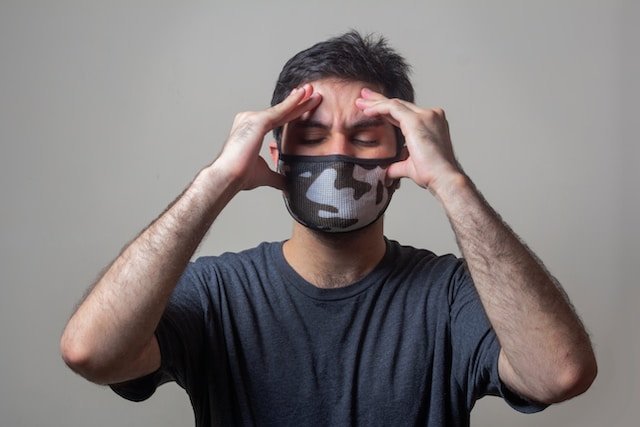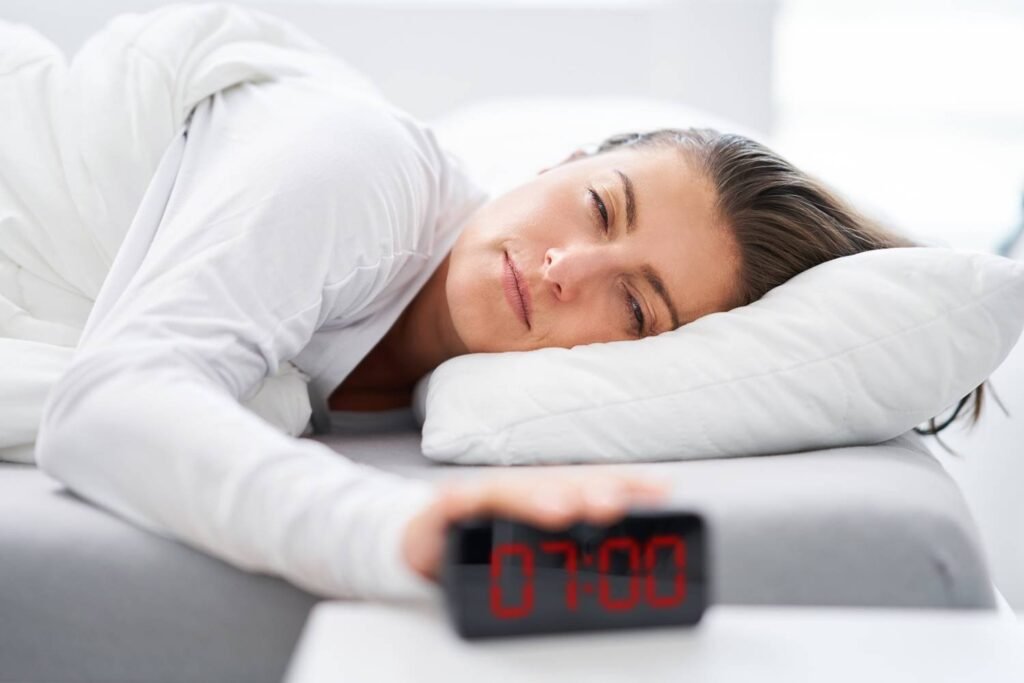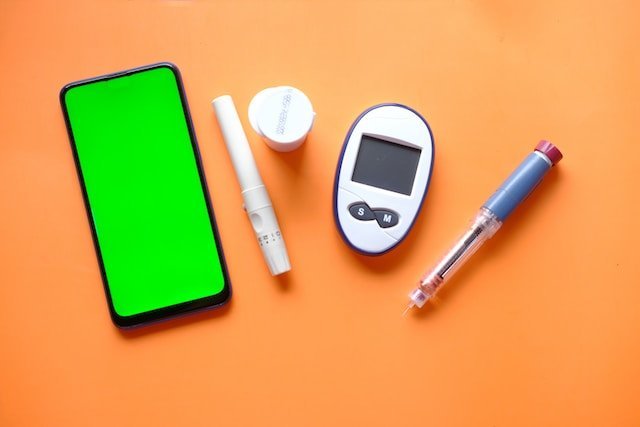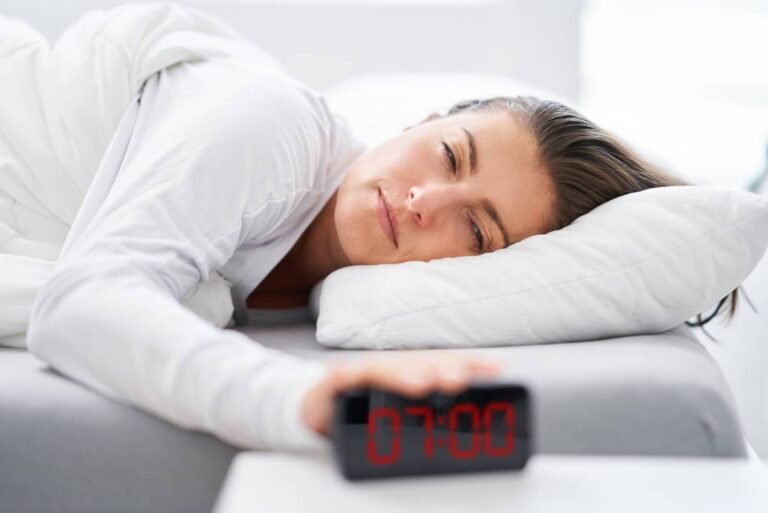The term “mild heatstroke” can be somewhat misleading, as heatstroke is typically considered a medical emergency, and there isn’t a distinct category for mild heatstroke. Heatstroke is a serious condition characterized by a dangerously elevated core body temperature, which is usually defined as a body temperature of 104 degrees Fahrenheit (40 degrees Celsius) or higher. When a person’s body temperature reaches this level, it’s generally classified as heatstroke, and prompt medical attention is required.
However, the severity of heatstroke can vary, and some individuals may experience milder symptoms compared to others with more severe cases.
The symptoms of heatstroke can range from mild to severe and may include:
- Elevated Body Temperature: As mentioned, a core body temperature of 104°F (40°C) or higher is a hallmark of heatstroke.
- Altered Mental State: Mild heatstroke might present with symptoms such as confusion, irritability, or mild disorientation rather than severe delirium or loss of consciousness.
- Sweating: In some cases, individuals with mild heatstroke may still sweat, although the amount of sweating may be reduced compared to normal.
- Headache: Mild heatstroke can cause headaches, which may not be as severe as those in more severe cases.
- Nausea and Vomiting: These symptoms can occur in mild heatstroke but may not be as pronounced as in severe cases.
It’s essential to note that even if the symptoms of heatstroke are relatively mild, it’s still a medical emergency that requires attention. Mild heatstroke can progress rapidly to a more severe form if left untreated, and complications can arise.
If you suspect someone is experiencing heat stroke, regardless of the severity of their symptoms, it’s crucial to take immediate action. Here are ways to treat mild heat stroke:

- Call for Medical Help: Dial 911 or seek emergency medical assistance.
- Move to a Cooler Place: Get the person out of the heat and into a cooler environment, such as shade or an air-conditioned room.
- Cooling Measures: Use cooling methods like applying cool, damp cloths, or ice packs to the person’s skin to help lower their body temperature while waiting for medical help.
- Hydration: If the person is conscious and able to drink, offer them cool water to help rehydrate, but avoid alcohol and caffeine.
Remember that the key to managing heatstroke is early recognition and immediate treatment. Even mild cases of heatstroke can be dangerous if not addressed promptly, so it’s crucial to take it seriously and seek medical assistance without delay
Before proceeding to treat mild heat stroke, let’s talk about the differences of Mild Heat stroke to Severe Heat stroke
Heatstroke, whether mild or severe, is a serious medical condition characterized by an elevated core body temperature, typically resulting from prolonged exposure to high temperatures and excessive heat. While the primary difference between mild heatstroke and heatstroke is the severity of symptoms, it’s essential to understand the distinctions between the two:
Mild Heat stroke:
- Core Body Temperature: In mild heatstroke, the core body temperature is elevated but may not reach the extremely high levels seen in severe heatstroke. It may still be above the normal body temperature of 98.6°F (37°C) but typically below 104°F (40°C).
- Symptoms: Mild heatstroke may present with symptoms such as confusion, irritability, headache, mild disorientation, nausea, and vomiting. Sweating may still occur, but it may be reduced compared to normal.
- Consciousness: Individuals with mild heatstroke are usually conscious and aware of their surroundings. They may be able to communicate their discomfort and symptoms.
- Response to Treatment: Mild heatstroke tends to respond more quickly to cooling measures and hydration. With appropriate first aid, individuals with mild heatstroke can often recover relatively rapidly.
- Prognosis: The prognosis for mild heatstroke is generally better than for severe heatstroke. If promptly treated, it is less likely to lead to serious complications or long-term health issues.
Severe Heat stroke:
- Severe heatstroke: Elevates the core body temperature to levels exceeding 104°F (40°C) or even higher.
- Symptoms: Severe heatstroke presents with more pronounced and potentially life-threatening symptoms, including confusion, delirium, loss of consciousness, seizures, rapid heart rate, rapid breathing, hot and dry skin, and severe headache.
- Consciousness: Individuals with severe heatstroke are at risk of losing consciousness or becoming unresponsive due to the impact of elevated body temperature on the central nervous system.
- Response to Treatment: Severe heatstroke is a medical emergency that requires immediate and intensive medical treatment. It may take longer for individuals with severe heatstroke to respond to cooling measures and other treatments.
- Prognosis: It can lead to serious complications, including organ damage, and can be fatal if not treated promptly and effectively.
In summary, the primary differences between mild heatstroke and heatstroke lie in the severity of symptoms, core body temperature, and response to treatment. Both conditions are serious and require medical attention, but mild heatstroke is generally less life-threatening and tends to have a better prognosis if treated promptly. Severe heatstroke is a medical emergency with a higher risk of complications and death, making immediate intervention crucial.
How to treat mild heat stroke
Mild heatstroke, while less severe than full-blown heatstroke, still requires prompt attention and appropriate first aid to prevent it from worsening. If you or someone you are with is experiencing mild heatstroke, here are the steps to treat it.
- Hydration: Encourage the person to drink cool, non-alcoholic, non-caffeinated beverages. Water is the best choice. Sips are usually better than large quantities at once to avoid overhydration. Avoid extremely cold beverages, as they can cause stomach cramps.
- Priority: Get the person to a cooler place, like shade or an air-conditioned area.
- Rest: Make them sit or lie down to reduce exertion and aid cooling.
- Clothing: If there’s excess clothing, assist in its removal for better heat dissipation.
Other cooling measures that can help treat mild heat stroke

- Cooling Measures: Use cooling methods to help lower the person’s body temperature:
- Use a fan to increase air circulation and promote cooling.
- If available, a cool shower or bath can be effective.
- Monitor: Keep a close eye on the person’s condition. If their symptoms worsen, or if their body temperature continues to rise, seek medical attention immediately.
- Rest and Recovery: Allow the person to rest and recover. Avoid physical exertion and exposure to heat for the rest of the day, if possible.
Mild heatstroke measures can help, but severe cases may need more. If symptoms worsen (loss of consciousness, seizures, high temperature), call 911. Severe heatstroke demands immediate professional medical care to avert life-threatening consequences.
Conclusion
Preventing heat-related illnesses is of paramount importance, as they can have serious and even life-threatening consequences. Prioritizing prevention proves safer, more efficient, and cost-effective than addressing the aftermath of heat-related illnesses. Here are key strategies to take note to handle these risks:
First and foremost, staying adequately hydrated is essential. Water is crucial for regulating body temperature and maintaining overall health. In hot weather, it’s vital to drink plenty of fluids, even if you don’t feel thirsty, to prevent dehydration. Furthermore, avoiding excessive heat exposure is crucial. This includes limiting outdoor activities during the hottest parts of the day and seeking shade when possible. Wearing lightweight and loose-fitting clothing can also help your body cool down more effectively.
In conclusion, preventing heat-related illnesses should always be a top priority during hot weather. Hydration, heat reduction, suitable clothing, and cooling breaks significantly cut heat-related illness risk, ensuring well-being during extreme heat.
Get to know more about mild heat stroke below:






















